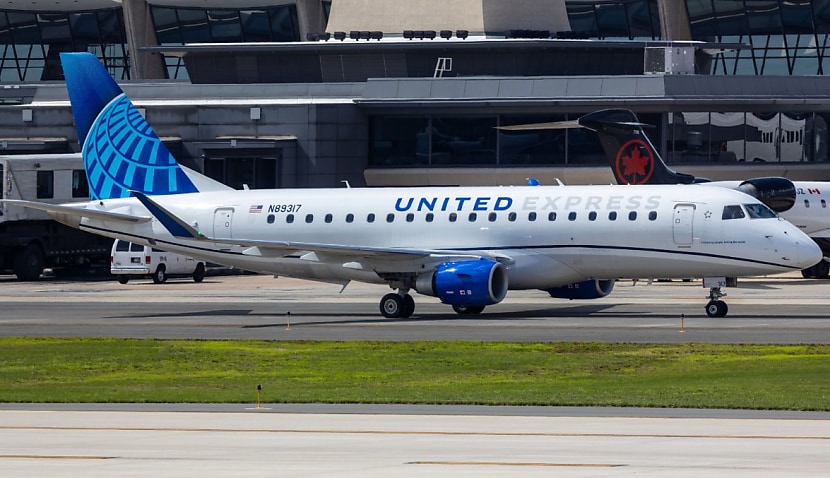
The airline, one of the US’ big three carriers, will now install the service on its Embraer 175s, with the first enabled flights due to depart in May.
Currently, only Canadian airline WestJet and smaller US carrier Hawaiian have actively installed Starlink, though the Elon Musk-fronted company has deals with several major carriers.
“The FAA has approved our first aircraft equipped with the fastest WiFi in the sky,” said United on social media.
“That green light means we expect to install Starlink on 40+ planes a month, with our entire regional fleet being outfitted by the end of year.”
United said it will work with Starlink and the FAA to secure approval to install the service on its other 16 aircraft types.
Starlink operates LEO satellites as opposed to the geostationary ones used by most major service providers, such as Viasat, which sells to Qantas.
LEO constellations offer significantly quicker services than traditional geostationary satellites because they are closer to Earth.
However, the lower height means LEOs effectively cover a smaller area and therefore need to operate in larger, connected constellations to be effective.
Starlink, a subsidiary of SpaceX, has the advantage of being able to launch thousands of satellites without paying external customers because it operates its own reusable rockets.
It’s currently thought there are around 7,000 Starlink satellites in orbit, with plans for a final constellation of 40,000.
Starlink offers the potential for passengers to flawlessly stream movies from their own devices or play computer games online.
It comes after Space Connect reported in 2023 that Air New Zealand was also planning to install Starlink on its domestic flights.
The latest reports suggest trials will begin in late 2025, with a test run on its domestic A320 family jet and an ATR.
Meanwhile, Qantas has already begun to finally roll out Wi-Fi on its international flights to Asia, with services to New Zealand due to be activated by the middle of the year.
The carrier has long faced criticism from customers for being one of the last major airlines not to provide connectivity on long-haul flights despite flying some of the longest services in the world.
Qantas currently only provides Wi-Fi on selected domestic flights, using both Viasat and NBN’s Sky Muster or international flights while the aircraft is flying directly over Australia.
CEO Vanessa Hudson previously said the business had “deliberately waited” to make the move so it could offer the “same high-speed connection we use domestically”.
The upgrades will first apply to Qantas’ A330 fleet before the existing 787s and A380s are turned internet-ready.

Adam Thorn
Adam is a journalist who has worked for more than 40 prestigious media brands in the UK and Australia. Since 2005, his varied career has included stints as a reporter, copy editor, feature writer and editor for publications as diverse as Fleet Street newspaper The Sunday Times, fashion bible Jones, media and marketing website Mumbrella as well as lifestyle magazines such as GQ, Woman’s Weekly, Men’s Health and Loaded. He joined Momentum Media in early 2020 and currently writes for Australian Aviation and World of Aviation.
Receive the latest developments and updates on Australia’s space industry direct to your inbox. Subscribe today to Space Connect here.











